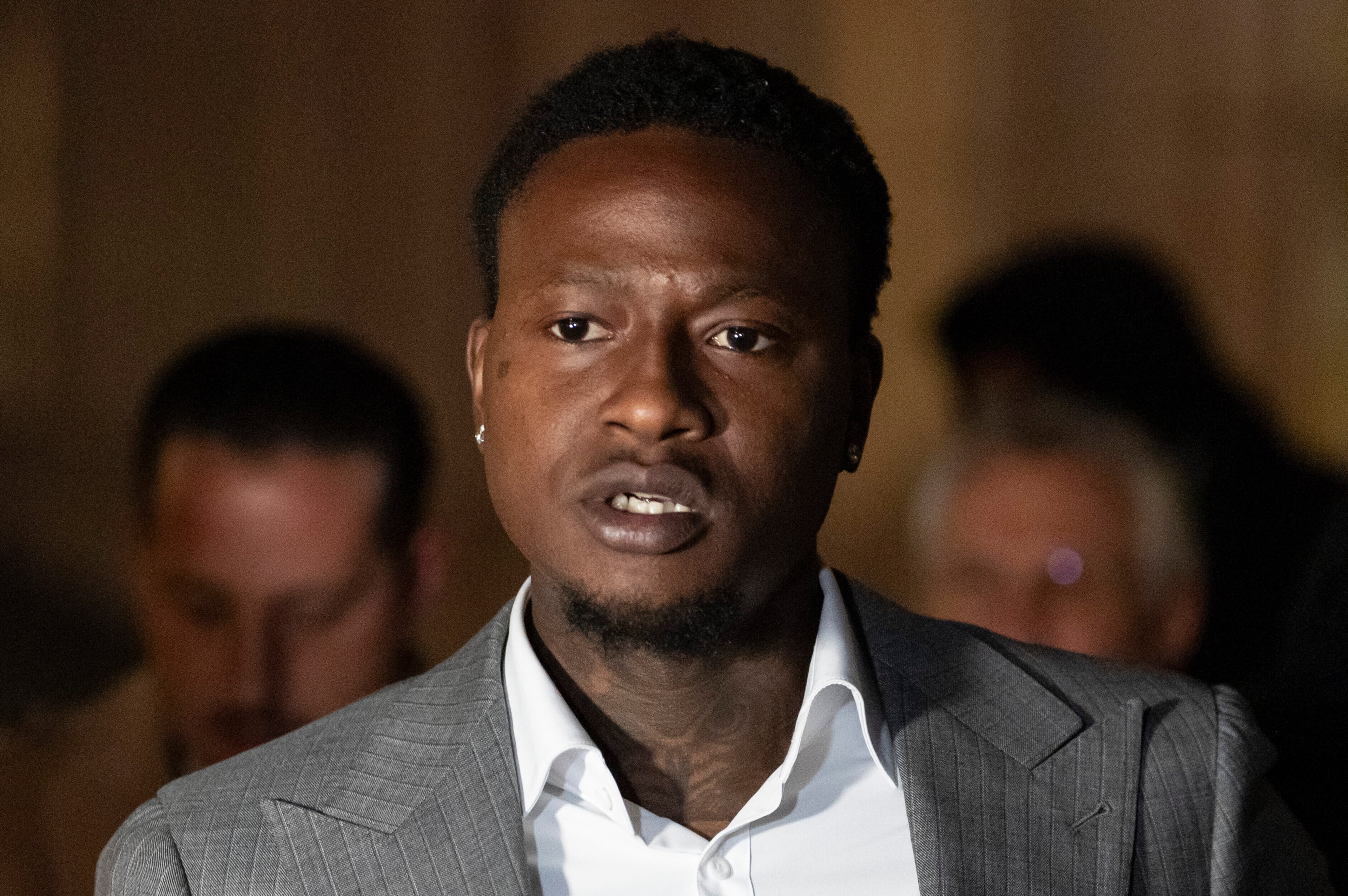McAlpine says the U.S. is close to winning World Cup
One of the reasons for the United States' success in the World Cup sits at the dining-room table in his Dacula home, sifting through yellowed newspaper articles and retelling 34-year-old stories with such detail it's as if they happened last week.
Angus McAlpine was there at the birth of the modern era of soccer in this country. It's not unfair to say he brought the team into this world when he coached the Under-16 national team to the gold medal in World Cup qualifying in 1983.
So when McAlpine says the United States is close, very close, to winning the World Cup, he knows what he's talking about.
"They could win it all if they go about it properly," McAlpine said.
"Properly" includes increasing the national team's scouting service to have someone in every state searching for talent. National invitations now are mostly drawn from regional camps that showcase more than 100 players at a time. McAlpine, who attends these camps and helps select players for the Under-14 team, thinks the United States should dig deeper. Not every player knows these camps exist, nor can they get to them.
McAlpine says he can watch some of the youth teams and instantly tell that there's no way those are the best 23 players at that age from what he once called a "big continent."
It's an American mentality to fall in love with the physical dimensions of a player, while sometimes overlooking their lack of skill. It's all about "upside potential," to borrow a TV phrase.
McAlpine believes if a player can play, he should play. If you have two players of similar skill, he said the bigger player should be selected, but he implies that sometimes players who are effective don't get due process simply because of their measurables.
Lastly, he said teams need to be put together as teams, and not just as a collection of the most-skilled individuals. Pairs of players need to complement each other. However, he declined to analyze the choices made by U.S. coach Bob Bradley, who is a close friend.
But one of McAlpine's former trainers, Mike Sabatelle, didn't pull punches when comparing McAlpine's philosophy of team-building and coaching to recent U.S. coaches.
"He has a special gift," said Sabatelle, who coached the Emory women's team for 17 years after working with McAlpine. "I told him: ‘If you were coaching the U.S. team right now they would still be playing.' "
McAlpine said he doesn't want Bradley's job. He has had his good times and bad times as a coach in the U.S. system.
In 1975, seven years after he emigrated from Glasgow, Scotland, to Atlanta as a color etcher, McAlpine was selected coach of the U.S. national youth team.
He had little money to spend and no scouting network to speak of from which to build the teams. But he knew what he was looking for: a combination of American athleticism and European discipline. He didn't care if the players were tall, short, fast or slow. He didn't care if their parents were citizens, something that seemed to be an unwritten rule for his predecessors but has now opened the doors for dozens of players to strengthen the squad.
McAlpine just wanted players who were effective, but most of all who were aware, an adjective he said took 18 years for him to pinpoint to describe how he wanted players to think.
He took one of his first teams on a tour of Germany to measure them internationally. They arrived to hear people in pubs openly laughing at them for what they supposed their skills to be. They left a respectable 4-4.
The success didn't last. Soon, after a few disagreements over the style of play of the senior national team, he was fired. In 1983, after years without much success for the teams he once managed, he was hired back.
Not one to waste time, he put together a domestic-based mix with a global background: Tab Ramos, who emigrated with his parents from Uruguay when he was 11; Jeff Agoos, an emigre from Switzerland; Hugo Perez, from El Salvador; the New Jersey duo of Tony Meola and John Harkes; and California's Paul Caligiuri, among others. Many of those players formed the cornerstone of the team that took the United States to the World Cup in 1990, the first time since 1950 that it qualified for the tournament's last stage.
He took a team that included some of those cornerstone players -- but that had trained together for one day -- into the Soviet Union and defeated its national youth team.
Because of his status as youth national coach, he was able to teach other coaches his style that he describes as "skillful football."
The most important thing the United States needs, and it's something that he said he was fortunate to find in Ramos, are players with awareness. That will be the key to one day winning the World Cup.
"We have the best of both worlds," McAlpine said. "We can get the German-type players, the England-type players. But we also need flair. In the end you need someone who can take charge and be a winner. That's the difference between winning and losing."



